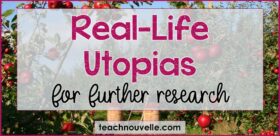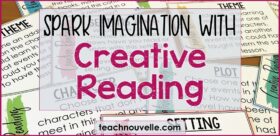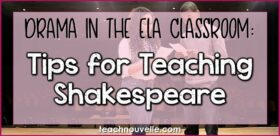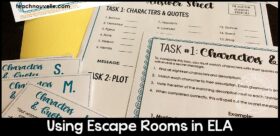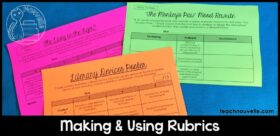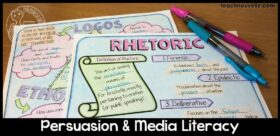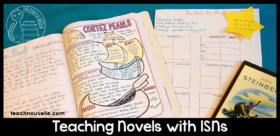
Powerful Picture Analysis Teaching Strategy to Build Text Connections
If your students struggle making deep connections to a text, look no further than this picture analysis teaching strategy. Students analyze each photo as a text. You’ll provide students with necessary domain vocabulary and principles, but they’ll learn to trust their intuition and develop confidence as analysts. Why Photo Analysis? Photo Analysis is a great introduction to analyzing a wider range of texts. Its visual nature pulls your visual learners into the game. Just as students analyze literature for conscientious choices made by authors, they approach each photograph with an eye for conscientious choices made by the photographer. And honestly, I advocate for integrating even more types of text into your curriculum! While we’re here, here are 15 Songs and 15 TV Episodes to Use in ELA. Three Steps to this Picture Analysis Teaching Strategy


